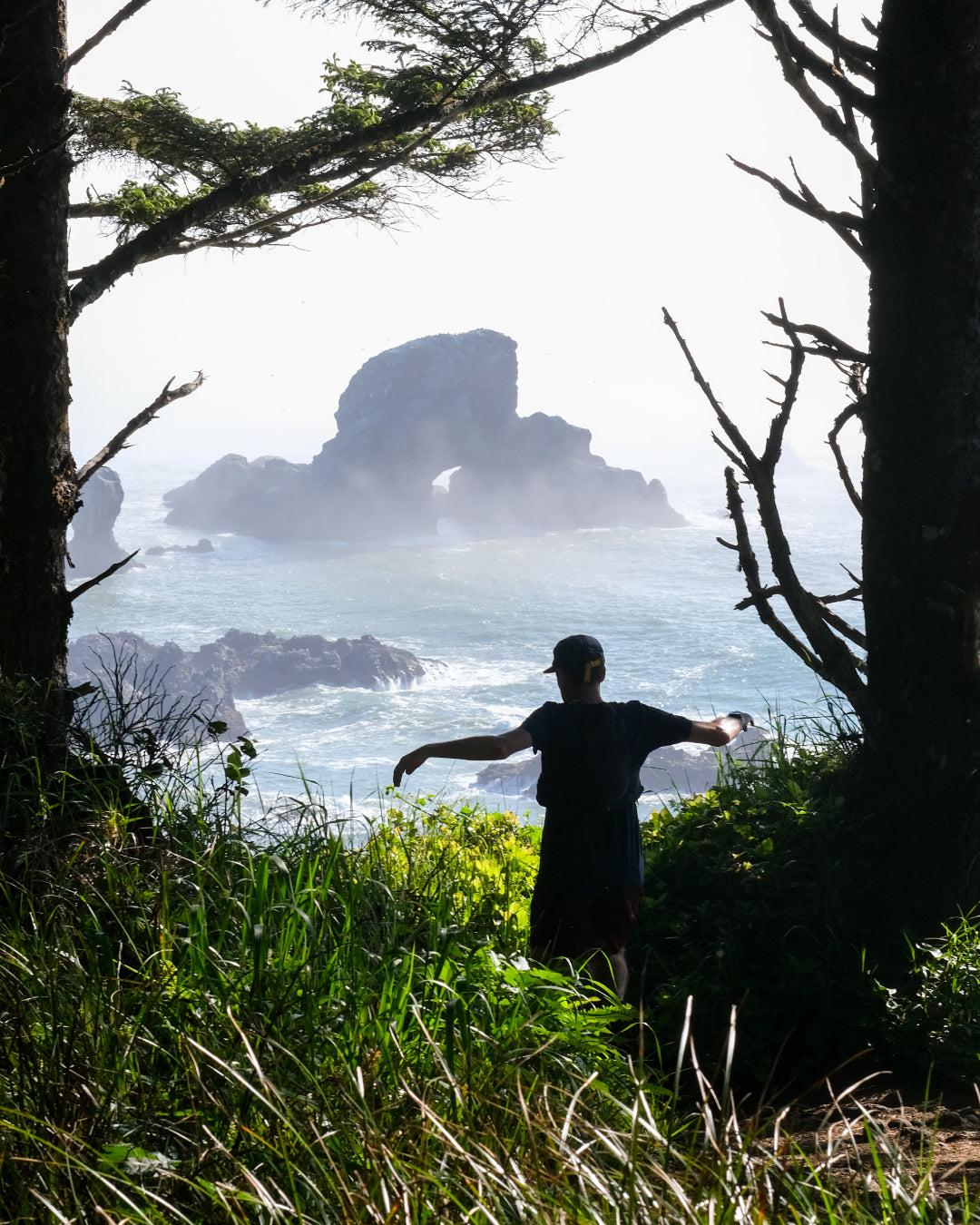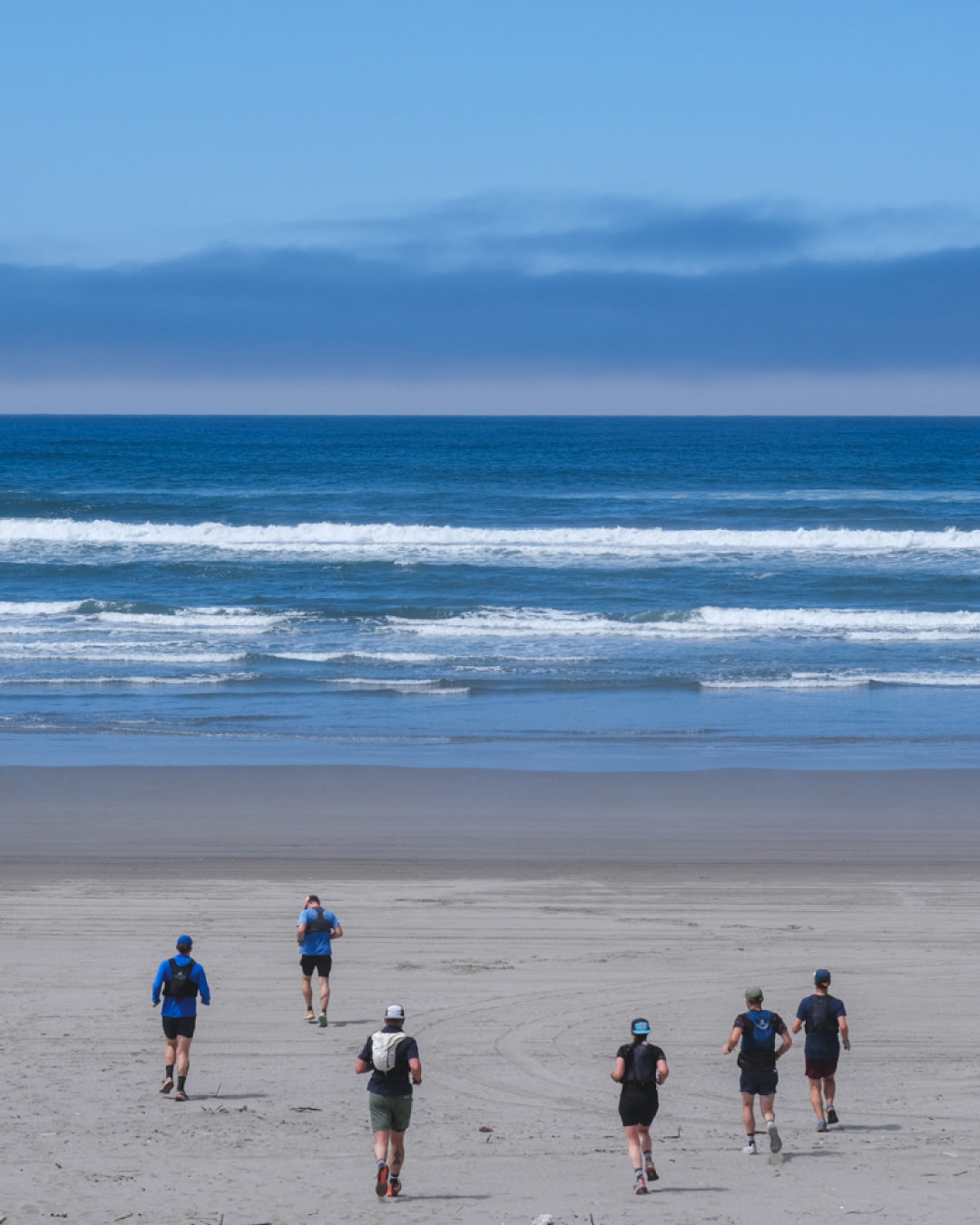Run Journal

How does Running Perform for you?
As the owner of a running company, I’ve slapped the word performance on everything—tees, caps, shorts. And I just realized…I don’t like this word at all. It’s not just the...
How does Running Perform for you?
As the owner of a running company, I’ve slapped the word performance on everything—tees, caps, shorts. And I just realized…I don’t like this word at all. It’s not just the...

Metrics don't define Success
Remember when you first said, “I just discovered running and it has changed my life”? Those endorphin-filled miles bled into the rest of your day. Running felt like freedom. But...
Metrics don't define Success
Remember when you first said, “I just discovered running and it has changed my life”? Those endorphin-filled miles bled into the rest of your day. Running felt like freedom. But...

EASY sMILEs - LOOPS & Tie Dye Party
This isn’t your average group run. This is an Easy Miles Extravaganza: one part fun run, one part tie-dye party and throw in a garage sale treasure hunt on...
EASY sMILEs - LOOPS & Tie Dye Party
This isn’t your average group run. This is an Easy Miles Extravaganza: one part fun run, one part tie-dye party and throw in a garage sale treasure hunt on...

Forest Floor Run
To celebrate our new Forest Floor Kit, we’re hosting a scavenger hunt-style group run from our shop that’ll have you chasing down wildlife through Forest Park with prizes along the...
Forest Floor Run
To celebrate our new Forest Floor Kit, we’re hosting a scavenger hunt-style group run from our shop that’ll have you chasing down wildlife through Forest Park with prizes along the...

The Goonies Run
THE ROUTE (GPX FILE) The Goonies' House, Astoria to Haystack Rock, Cannon Beach Photos by Mack Robertson
The Goonies Run
THE ROUTE (GPX FILE) The Goonies' House, Astoria to Haystack Rock, Cannon Beach Photos by Mack Robertson
